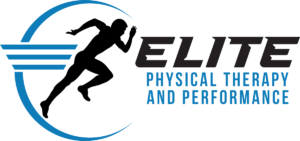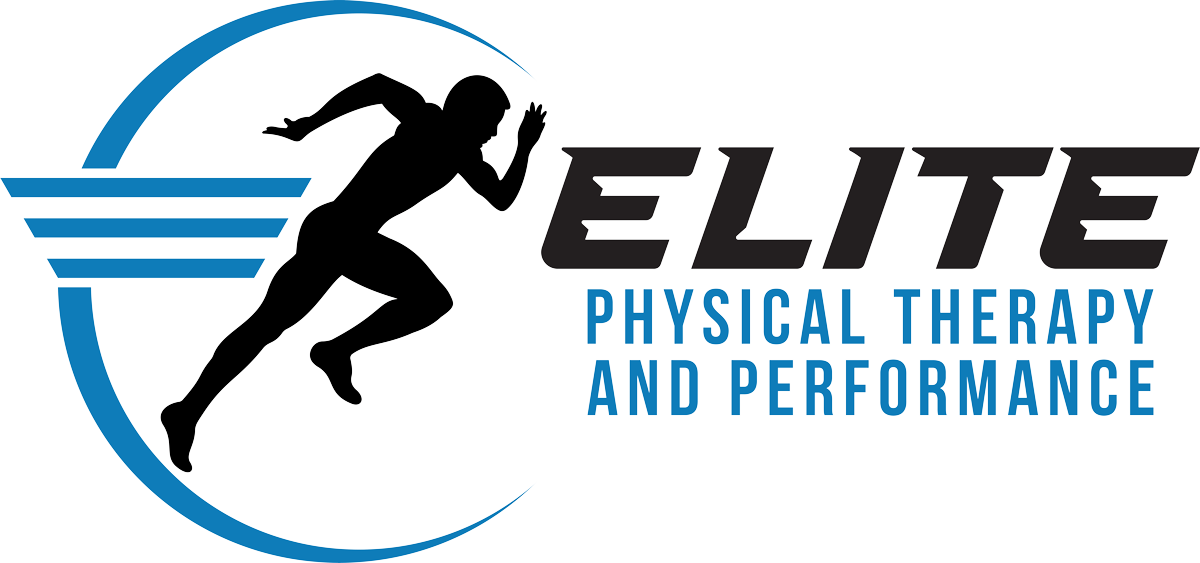FAQs
Physical Therapy Frequently Asked Questions
Physical therapy can help reduce pain, improve mobility, and strengthen the muscles surrounding the spine. By using targeted exercises, stretches, and hands-on techniques, a physical therapist can address the root cause of your lower back pain and help prevent future issues.
Recovery time varies depending on your condition and commitment to the prescribed exercises. Many patients begin to feel relief within a few weeks, though a longer-term treatment plan may be necessary for more complex issues.
In many states, you can see a physical therapist without a referral, thanks to direct access laws. However, it’s always a good idea to check with your insurance provider or consult your doctor if you’re unsure.
During your initial consultation, your physical therapist will evaluate your condition by asking about your symptoms, medical history, and lifestyle. They will then perform specific physical tests to assess your movement and functionality to create a personalized treatment plan.
Physical therapy helps with sports injuries by reducing pain, improving flexibility, and promoting healing. A physical therapist will develop a plan to rehabilitate the injury, ensure you return to sports safely, and work on strengthening muscles to avoid re-injury.
Yes! Physical therapy focuses on managing chronic pain through specialized techniques such as manual therapy, strengthening exercises, and mobility work. It can also teach you how to modify activities to manage pain without medications.
Wear comfortable clothing that allows for ease of movement. Depending on your condition, your therapist may ask you to change into shorts or a tank top to better assess your movement.
A physical therapist will evaluate your posture and the muscles that may be contributing to poor alignment. Through corrective exercises, stretches, and ergonomic advice, physical therapy can help improve posture and prevent future issues.
Many insurance plans cover physical therapy, but if your plan doesn’t, we offer flexible payment options to help you receive the care you need. We’ll work with you to find a solution that fits your budget.
Yes, but it depends on your injury. Your physical therapist will guide you on which activities are safe to continue and which ones you may need to modify to avoid further injury. The goal is to stay active while promoting healing.
Yes, we offer cupping therapy as part of our treatment options at Elite Physical Therapy and Performance. Cupping therapy is a technique that uses suction cups to create negative pressure on the skin, which helps increase blood flow, reduce muscle tension, and promote healing. This therapy can be highly effective for pain relief by loosening tight muscles, improving circulation, and reducing inflammation. It is commonly used for conditions such as back pain, neck pain, muscle stiffness, and even sports injuries. If you’re interested, we can incorporate cupping therapy into your personalized treatment plan!
Physical therapy can help relieve foot pain by reducing inflammation, improving mobility, strengthening foot muscles, and correcting movement patterns. Customized exercises, manual therapy, and proper footwear guidance can restore function and prevent future pain.
Physical therapy helps after total knee replacement by reducing pain, improving mobility, strengthening supporting muscles, and restoring function. A structured rehab plan ensures a smoother recovery and long-term joint health.
Physical therapy helps with a rotator cuff tear by reducing pain, improving shoulder mobility, strengthening surrounding muscles, and restoring function. Targeted exercises and manual therapy promote healing and prevent future injury.
Physical therapy helps relieve shoulder pain by improving mobility, reducing inflammation, strengthening muscles, and correcting movement patterns. Targeted exercises and hands-on techniques promote healing and prevent future issues.

